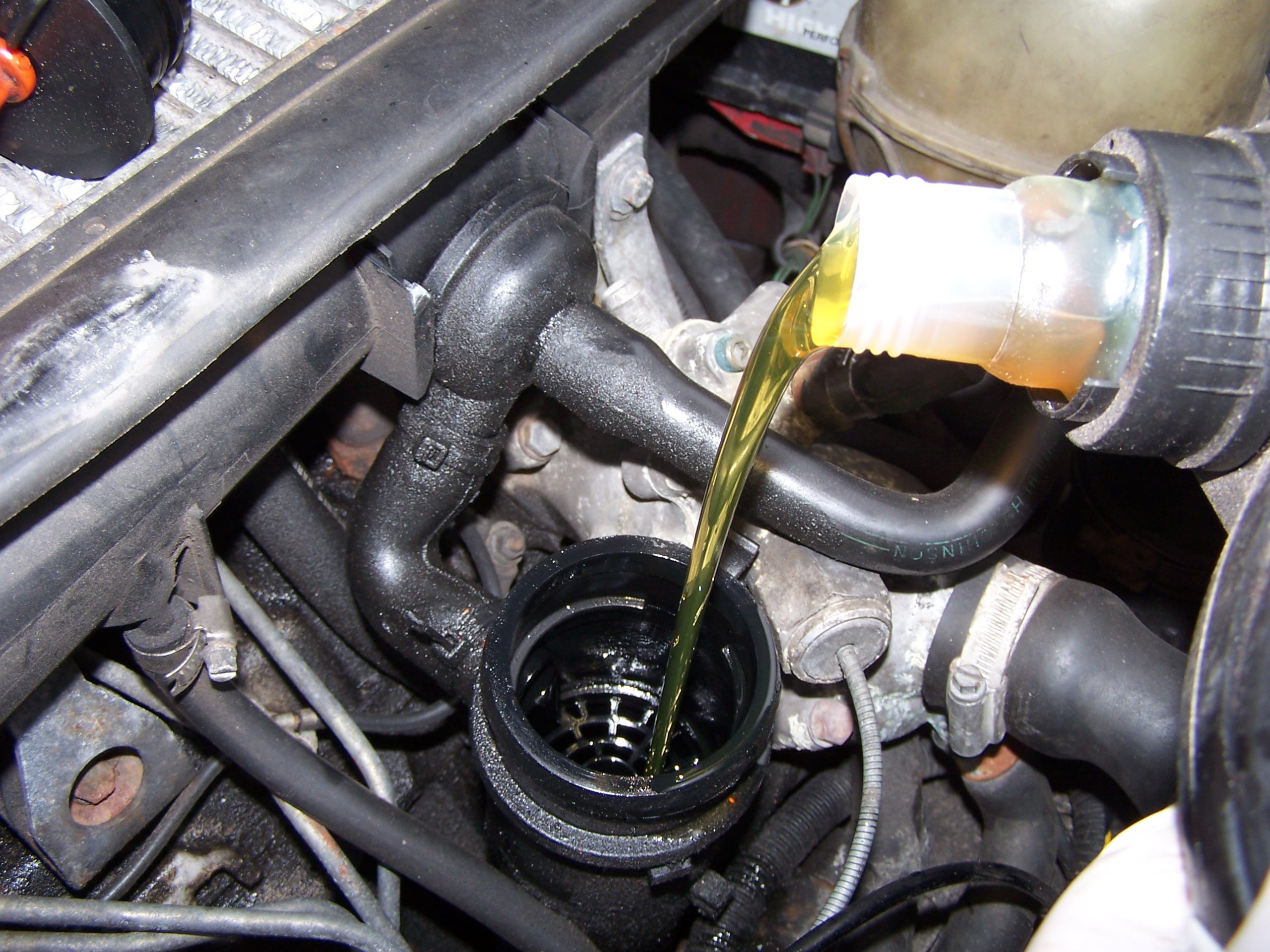Motor oil is not just oil, it is a complex mixture of 10-15 ingredients carefully formulated and tested to meet the industry specifications and market claims. Actually, it is comprised of two main elements-base stock and additives. The base oil commonly constitutes 70 to 85 percent of the solution, while additives make up the remaining 15 to 25 percent. The base stock accounts for lubricating the inner components of internal combustion engines and keeping them cool. Meanwhile, the additives, take the responsibility of finely controlling oil viscosity and lubricity, as well as preventing engine parts from wear. Combined, they protect one’s engine by keeping it clean, reducing friction and minimizing wear, removing the built-up heat and preventing corrosion and rust.
Oil additives, known collectively as the Performance Additive Package, dispersants, detergents, anti-wear additives, friction modifiers, antioxidants, anti-foam additives and corrosion inhibitors are included. In addition to this package, motor oil additives also involve a viscosity index improver and a pour-point depressant. These additives aim at different functions of the oil acting upon the engine. We can easily tell their functions-dispersants help keep sludge from forming, detergents help prevent deposits, anti-wear agents form a coating on metal surfaces to protect them from wear, friction modifiers reduce friction created between engine part surfaces, antioxidants slow oxidation of the oil resulting from its exposure to oxygen, anti-foam additives help prevent air bubbles from forming, rust and corrosion inhibitors protect internal engine parts against rust and corrosion, viscosity index improvers help keep oil viscosity stable over a wide range of temperatures, and pour-point depressants are used in multi-grade oils to maintain good oil flow in cold engines.
Oil can be classified into 4 basic categories-synthetic oil, synthetic blends, high-mileage oil and conventional oil. Synthetic oils are created from a purely synthesis of precisely controlled ingredients while synthetic blends a mixture of synthetic and conventional base oils. High-mileage oil is specially designed for older cars or vehicles with higher mileage. Conventional oil is just the kind as its name implies. Nowadays, more and more engines tend to use synthetic oil, but due to its high price, I’m afraid an increasing number of car owners would choose synthetic blends. Moreover, they can be rated into single-grade and multi-grade oils by their grade and viscosity. But here, any oil can either be single or multi grade. Single means one fixed viscosity level while multi-grade oil can act at two different viscosities depending on its temperatures. The latter is popular because it caters for vehicles used all year round.

What Is Motor Oil? How Can We Tell It From The Ordinary One?
by
Tags:
